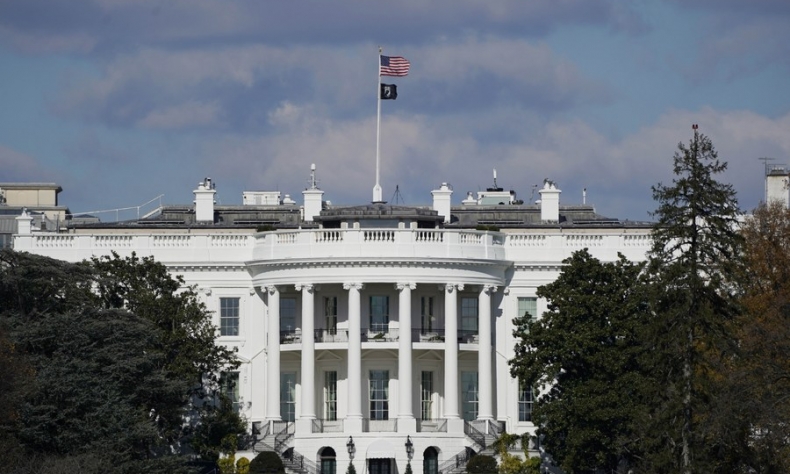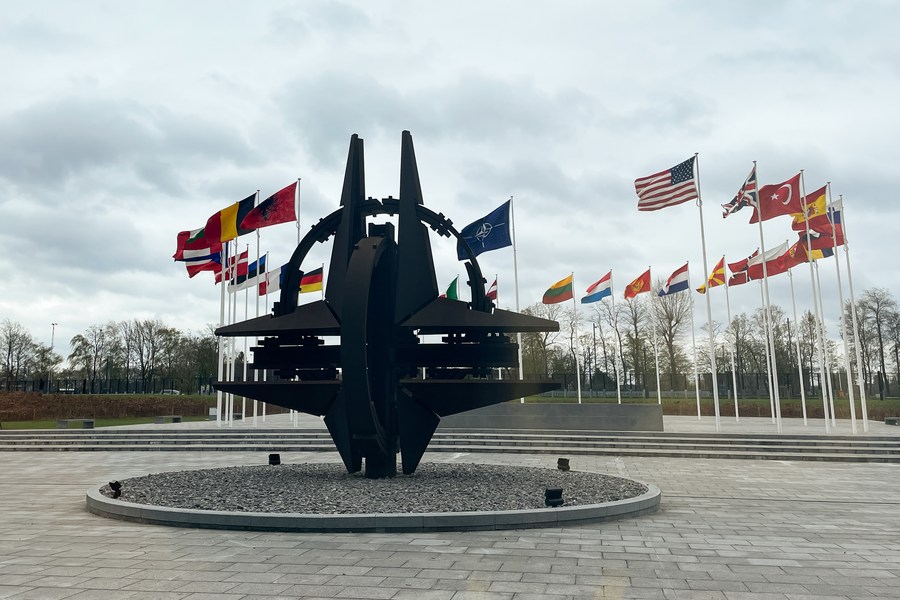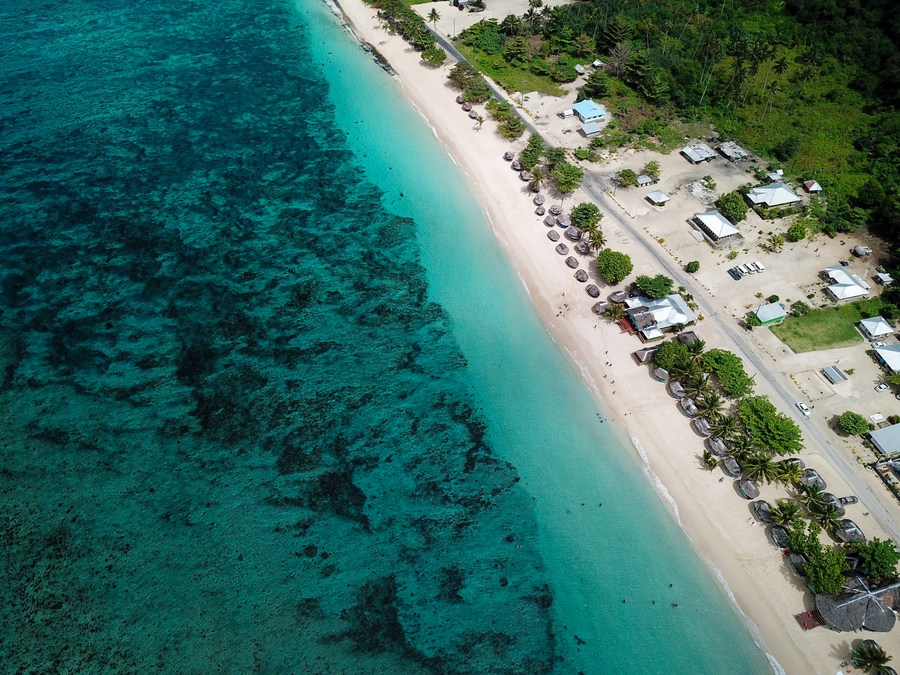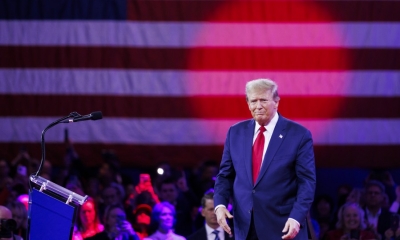Dead End for US Hegemonism?

Given Washington’s counterproductive policy in the Pacific and in the Western Hemisphere, it would be welcome for many to see Argentina, Mexico, and Indonesia cooperating with China and BRICS to promote peace and development.
Washington’s militarization of the Pacific and its neglect of Latin America spells a dead end for United States policy. President Xi Jinping once said the Pacific is big enough for everyone but the US rejects this view.
Present day US elites abandon America’s early tradition in foreign relations: trade in the Pacific and Good Neighborhood in the America’s. The Founding Fathers’ vision was for a peaceful New World composed of friendly republics and was for mutually beneficial trade relations in the Pacific.
But the US took its turn toward imperialism in 1898 with the Spanish-American War and colonization of the Philippines and Cuba. The rising militarism and imperialism in late nineteenth century Europe influenced US elites. The British encouraged the US to take a stance against Germany in the Pacific and launch that war.
Washington’s policy of hegemony
So instead of promoting a peaceful Pacific and Western hemisphere, Washington began a policy of war, coercion, and hegemonism.
In recent years, influenced by the Cold War the US obsession with military alliances it can dominate has increased. Although the Southeast Asian Treaty Organization established in 1954 no longer exists, the Australia-New Zealand-US ANZUS alliance, the US-Japan alliance from 1951, US Philippines alliance from 1951, and the US security relationship with Thailand still do.
US Pacific policy in the past featured security cooperation in the form of a “hub and spokes”. The US was the hub and its allies were the spokes. With the rise of China as a pretext, Washington works feverishly to further militarize the Asia-Pacific region.
NATO expansion into the Pacific is foreseen and talk of war over Taiwan is now commonplace in Washington.

Today, Washington’s China containment strategy includes the “Quad” (US-Japan-India-Australia), “AUKUS” (US-Australia-United Kingdom), and the just announced “Partners in the Blue Pacific” (PBP: US-Australia-New Zealand-United Kingdom-Japan).
The brand new PBP reflects US hysteria over China’s regional diplomacy and economic relations in the Pacific, particularly with regard to Pacific Islands. The PBP is intended as a geopolitical move against China’s regional engagement featuring a policy of peace and development.
Japan is the main ally of the US in the Pacific. The newly minted PBP alignment brings to mind earlier schemes for an “Greater East Asian Co-Prosperity Sphere” (GEACPS). That scheme, akin to Hitler’s New Order in Europe, was announced by the Japanese foreign minister 1 August 1941.
While the US conducts its proxy war against Russia using Ukraine, Washington is preparing for a new Pacific war over Taiwan. The gathering storm in the Pacific is concerning to many.
Yankee go home?
For decades, Washington has ignored Latin America. While the Founding Fathers, as noted earlier, saw the Western Hemisphere in terms of a group of friendly republics sharing a common destiny, US imperialism erased that positive vision.
Since 1898, Washington has used a “Big Stick” in Latin America. The US in the past did promote economic development, including infrastructure, south of the border. Washington rallied Latin America in World War II to fight against, Fascism, Naziism, and Japanese Militarism.
President John F. Kennedy launched the “Alliance for Progress” in 1961 in the belief that peace and development was essential in the Americas. But since then, the US has done little for Latin America and has laid a heavy political hand on its so-called “Backyard”.

Today, the US belatedly takes notice of Latin America. These days, instead of the Cold War “Soviet Threat” in Latin America there is the “China Threat”. That is to say that China’s constructive engagement with Latin America in terms of economic and social development has added to the hysteria in Washington.
It was the US that destabilized Central America in the 1980s. Central America was making economic and social progress but that was interrupted by US policy and regime changes. As a result, large networks of violent gangs and narcotics have plagued the region. Economic development stalled. Counterproductive US policy caused a severe immigration crisis in the United States as Central American migrants understandably came north to find jobs and security for their families.
The Central American migration north added to the trend of Mexican migration that began in the early 1980s. Mismanagement of the Mexican economy plus various pressures and policies imposed on Mexico by the US caused problems in the Mexican economy including its agricultural sector. Rapid population growth and unemployment issues were also factors. Added to all this was the rise of violent narcotics cartels who organized to supply the growing multi-billion-dollar market in the US for illegal drugs.
Good relations with its neighbor Mexico should be a top priority for the US. Mexico is a wealthy country with a hardworking population, excellent industrial capability, and ample natural resources. Mexico has a fascinating and diverse culture and today there is a significant Mexican-American population in the United States.
But US relations with Mexico and Latin America have been damaged over the years. Thus, the Biden “Summit of the Americas” is seen as a failure by critics. The Mexican president, Andres Manuel Lopez Obrador, expressed the sentiments of many and symbolically did not attend.
Washington rejected an inclusive approach to the meeting by not inviting Cuba, Venezuela, and Nicaragua. The Mexican president understandably declined the invitation on the basis that fellow Western Hemisphere republics were not treated on an equal basis and were discriminated against.

Although Washington could rally Latin America in the World War II era, it is far from that day. Over the years, Washington’s neglect and its heavy hand have eroded its reputation and welcome in Latin America.
The political trend in Latin America is to the Left these days. The region tends to swing between Right and Left over the decades. Today, the situation for the United States is not propitious in Latin America. In the region, people desire social and economic progress. Washington’s Big Stick, arrogance, and Cold War Mentality hold no appeal.
It is only natural for China and Russia to develop relations with Latin America. Thus, Brazil is part of BRICS and Argentina now would like to join. This leads to ideas for further expansion and new associations for a shared future. For example, Mexico and Indonesia would be excellent additions to an expanded community.
Given Washington’s counterproductive policy in the Pacific and in the Western Hemisphere, it would be welcome for many to see Argentina, Mexico, and Indonesia cooperating with China and BRICS to promote peace and development.
The United States must engage in an agonizing reappraisal of its failed foreign policy. The world is changing and Washington’s hegemonism policy is heading to a dead end. The US must drop hegemonism and Cold War mentality and must adopt a policy to promote peace and development.
The article reflects the author’s opinions, and not necessarily the views of China Focus.
 Facebook
Facebook
 Twitter
Twitter
 Linkedin
Linkedin
 Google +
Google +







